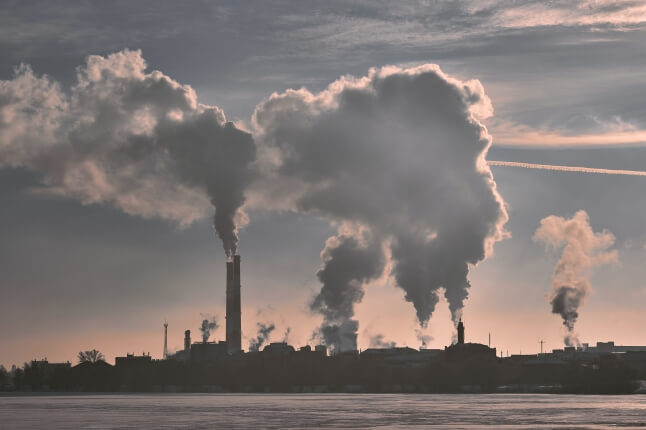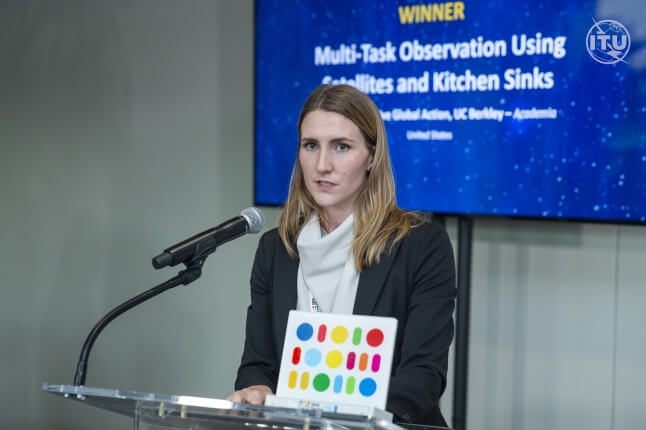News
Harvard researchers find levels of a widely used class of industrial chemicals exceed federally recommended safety levels in public drinking water supplies for six million people in the U.S.
Levels of a widely used class of industrial chemicals linked with cancer and other health problems—polyfluoroalkyl and perfluoroalkyl substances (PFASs)—exceed federally recommended safety levels in public drinking water supplies for six million people in the U.S., according to a new study led by researchers from the Harvard John A. Paulson School of Engineering and Applied Sciences (SEAS) and Harvard T.H. Chan School of Public Health.
The study will be published August 9, 2016 in Environmental Science & Technology Letters.
“For many years, chemicals with unknown toxicities, such as PFASs, were allowed to be used and released to the environment, and we now have to face the severe consequences,” said lead author Xindi Hu, a doctoral student in the Department of Environmental Health at Harvard Chan School and Environmental Science and Engineering at SEAS. “In addition, the actual number of people exposed may be even higher than our study found, because government data for levels of these compounds in drinking water is lacking for almost a third of the U.S. population—about 100 million people.”
PFASs have been used over the past 60 years in industrial and commercial products ranging from food wrappers to clothing to pots and pans. They have been linked with cancer, hormone disruption, high cholesterol, and obesity. Although several major manufacturers have discontinued the use of some PFASs, the chemicals continue to persist in people and wildlife. Drinking water is one of the main routes through which people can be exposed.
The researchers looked at concentrations of six types of PFASs in drinking water supplies, using data from more than 36,000 water samples collected nationwide by the U.S. Environmental Protection Agency (EPA) from 2013–2015. They also looked at industrial sites that manufacture or use PFASs; at military fire training sites and civilian airports where fire-fighting foam containing PFASs is used; and at wastewater treatment plants. Discharges from these plants—which are unable to remove PFASs from wastewater by standard treatment methods—could contaminate groundwater. So could the sludge that the plants generate and which is frequently used as fertilizer.
The study found that PFASs were detectable at the minimum reporting levels required by the EPA in 194 out of 4,864 water supplies in 33 states across the U.S. Drinking water from 13 states accounted for 75% of the detections, including, in order of frequency of detection, California, New Jersey, North Carolina, Alabama, Florida, Pennsylvania, Ohio, New York, Georgia, Minnesota, Arizona, Massachusetts, and Illinois.
Sixty-six of the public water supplies examined, serving six million people, had at least one water sample that measured at or above the EPA safety limit of 70 parts per trillion (ng/L) for two types of PFASs, perfluorooctanesulfonic acid (PFOS) and perfluorooctanoic acid (PFOA).
The highest levels of PFASs were detected in watersheds near industrial sites, military bases, and wastewater treatment plants—all places where these chemicals may be used or found.
“These compounds are potent immunotoxicants in children and recent work suggests drinking water safety levels should be much lower than the provisional guidelines established by EPA,” said Elsie Sunderland, senior author of the study and associate professor in both the Harvard Chan School and SEAS.
Funding for the study came from the Smith Family Foundation.
The paper was coauthored by David Q. Andrews, Andrew B. Lindstrom, Thomas A. Bruton, Laurel A. Schaider, Philippe Grandjean, Rainer Lohmann, Courtney C. Carignan, Arlene Blum, Simona A. Balan and Christopher P. Higgins.
From the authors of the study: We have mapped watersheds in the United States that have potentially high concentrations of PFASs based on U.S. EPA data. This does not mean that all drinking water supplies within the highlighted regions contain high PFAS concentrations, but that at least one sample from at least one water supply was reported to be at or above levels considered safe by the U.S. EPA between 2013 and 2015. However, no measurements have been made in many water supplies across the country. We recommend increased monitoring of these contaminants in our drinking water. For more information, please contact the EPA: Cathy Milbourn, Milbourn.cathy@Epa.gov, or Monica Lee, Lee.monica@Epa.gov.
Topics: Environment
Cutting-edge science delivered direct to your inbox.
Join the Harvard SEAS mailing list.
Press Contact
Leah Burrows | 617-496-1351 | lburrows@seas.harvard.edu


